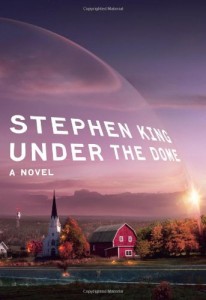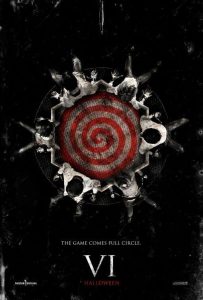I visited my parents over the weekend, since my schedule is about to be in flux and it seemed like a good time before the flux takes hold, plus the holidays and all. So I spent just about the whole of Thanksgiving break with them, except that I worked on Friday. That’s nice! While there, I inadvertently treated them to a full-length, multi-hour cinematic extravaganza in the form of a Playstation 3 game. After the success of my recommending Uncharted: Drake’s Fortune when he bought the system and wanted something to play on it (not that he actually plays much of anything, but, you know)[1], he picked up the sequel a few weeks ago. And what began as a way to pass a few hours Saturday night quickly turned into a full weekend obsession during which I played the last third of the game for four hours past when I had planned originally to leave, because I was just sure that the climax was right around the corner, and I didn’t want to make them wait weeks for the conclusion and have time to forget what was going on.[2]
If you’re picking up on an undercurrent of admiration for the game’s writing and seamless graphics in that description of my weekend, well, you’re not imagining it. As to the latter, the only real difference between playing the game and watching its gorgeous cutscenes is that the game-play has fewer close-ups. Uncharted 2: Among Thieves picks up explorer Nathan Drake some brief years after the events of the previous game, convinced by shady friends to join in a search for Marco Polo’s lost expedition, a journey that will take him from the jungles of Borneo to the dizzying heights of Tibet and Nepal, not to mention deep into the legends surrounding Kublai Khan. Along the way he’ll crack wise, make lots of new enemies, and see lots of new ancient ruins! It’s good stuff. But on top of that, the writing is not merely good in and of itself, as it was last time; it actually takes note of the past and uses it. If I had been on the fence about the loss of meaningful breast-motion physics from the Lara Croft games to the Uncharted series, I no longer would be in any measure. I care about these people, and want to know what’s going to happen next. That I also get to play a video game along the way? It justifies the expense, but other than that, it’s purely bonus.
[1] V nz chggvat guvf va ebg13 fb ur pna’g frr vg, ohg V cerqvpg V trg n pbzzrag sebz uvz gung ur qbrf fb lhu-uhu cynl Unyb fbzrgvzrf. (Nyfb, vs V’z evtug nobhg gung pbzzrag bppheevat, vg vf yvxryl gb nfx jung guvf tvoorevfu vf nf jryy.)
[2] To be fair, this applies to me as well.

 There are, aside from
There are, aside from